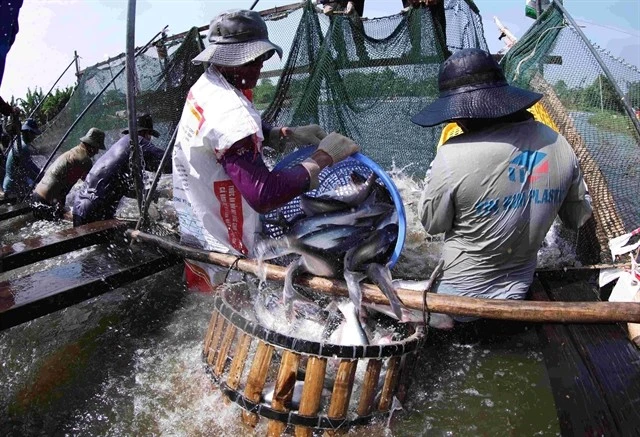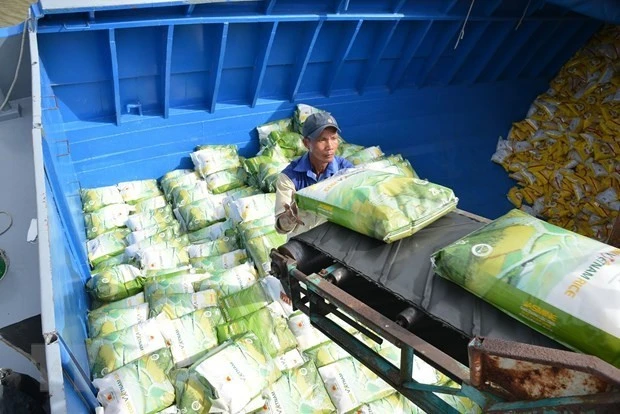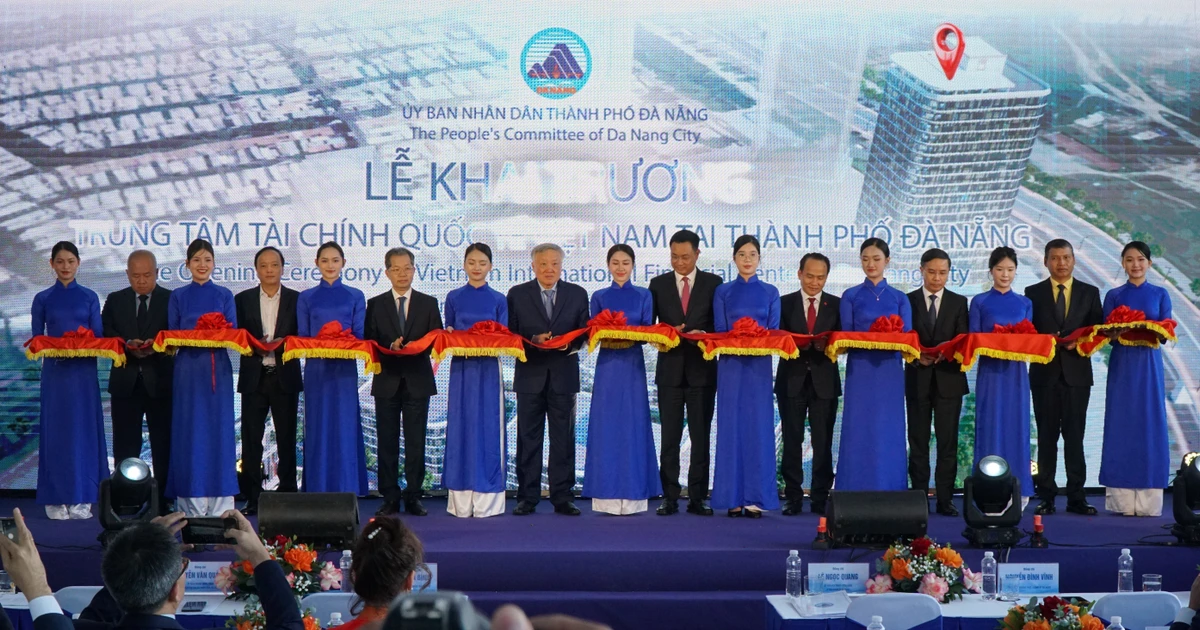A new level in integration
As a new-generation free trade agreement (FTA) with many high and comprehensive standards covering multiple fields, the CPTPP is considered a new level in Vietnam’s integration effort.
The CPTPP’s positive impacts on Vietnam’s export activities are fairly clear. Statistics from the General Department of Customs show that although it was a period with many challenges, such as the global economic recession and the COVID-19 pandemic, the total import-export turnover to CPTPP markets in the Americas soared by 56.3%, from 8.7 billion USD in 2018 to 13.6 billion USD in 2023. In which, Vietnam’s exports to these markets nearly doubled, from 6.3 billion USD in 2018 to 11.7 billion USD in 2023.
Vietnam’s trade surplus in these markets also nearly tripled from 3.9 billion USD to 11.01 billion USD, contributing positively to Vietnam’s macroeconomic stability in recent times. This result has helped improve Vietnam’s trade with the Americas significantly, with a total import-export turnover in 2023 reaching 137.7 billion USD, in which Vietnamese exports hit 114.5 billion USD.
In addition to the abovementioned impressive figures, joining the CPTPP has encouraged Vietnam to reform its institutions and improve its legal system towards greater transparency. This not only helps businesses operate more professionally, but also contributes to enhancing Vietnam’s international reputation and attracting more foreign investors. The relationship between Vietnam and the Americas has been and is being strengthened through strategic commitments.
Ample room remains
Having high expectations for the seafood industry when Vietnam joined the CPTPP, Nguyen Hoai Nam, Deputy Secretary-General of the Vietnam Association of Seafood Processors and Exporters (VASEP), said that seafood companies have made great efforts to seize opportunities from the agreement over the past 5 years.
The pact helps Vietnamese enterprises have more opportunities to access high-quality markets such as Japan, Canada and Australia through improving the quality of their products and streamlining their production and business activities. As a result, seafood is one of the industries with strong export growth to the Americas, accounting for about 25-27% of Vietnam’s export turnover.
However, Nam believes that the potential of this market remains huge. In fact, CPTPP countries, especially those in the Americas, also have other sources of supply that can compete with Vietnam. Therefore, in addition to the efforts of businesses, it is also absolutely necessary to have support for connection and trade promotion from ministries, agencies and localities.
Citing the Vietnam-Canada trade relations, a “bright star” in the CPTPP, Tran Thu Quynh, trade counsellor at the Vietnamese Embassy in Canada, stated that Vietnamese exports to Canada have not fully taken advantage of available tariff preferences, failing to realise the full potential offered by this trade agreement.
In 2013 the trade value between Vietnam and Canada was only 2.5 billion USD, but now this figure has reached 10 billion USD, with Vietnamese exports to Canada accounting for more than 9 billion USD. However, only 18% of these exports utilised CPTPP Certificates of Origin (C/O), while over 80% still use MFN (Most Favoured Nation) and GPT (General Preferential Tariff) C/Os, even though the GPT preferential mechanism will expire in December 2024.
Quynh estimated that about 4 billion USD worth of Vietnamese exports to Canada are not taking advantage of CPTPP benefits. As a result, Vietnamese goods are becoming more expensive compared to competitors in the market.
Therefore, businesses need to pay more attention to utilising CPTPP benefits and meeting rules of origin requirements to enhance the competitive advantage of Vietnamese goods in Canada.
Ngo Chung Khanh, Deputy Director of the Multilateral Trade Policy Department under the Ministry of Industry and Trade, believes that businesses and government agencies need to fully understand Vietnam’s obligations and commitments under each trade agreement. Therefore, the Ministry of Industry and Trade will develop training programmes to raise awareness among these stakeholders based on surveys and analysis of their specific needs and concerns.
“We need specialised cooperation mechanisms by sector and connectivity mechanisms between Vietnamese and American businesses, as well as to build connections between Vietnamese businesses and other countries to expand the ecosystem for FTA utilisation. At the same time, we must continue strengthening export strategies by focusing on key sectors rather than overdiversifying,” said Khanh.
Deputy Minister of Industry and Trade Nguyen Sinh Nhat Tan stated that the CPTPP is a new-generation agreement with the highest level of market openness, which explains why many countries are actively seeking to join.
However, Tan noted that taking advantage of the agreement’s benefits must involve multiple stakeholders, including the state (with the Ministry of Industry and Trade coordinating with other ministries for raising public awareness) and local authorities, as each region has its own opportunities that need to be identified and leveraged.
He added that coordination now is no longer just between nations, but can be between regions, localities, or even between states in some countries. Currently, such relationships are becoming increasingly active, but ultimately it still comes down to businesses, and especially, the role and position of associations need to be elevated to work together with businesses in leveraging CPTPP to continue expanding into international markets.
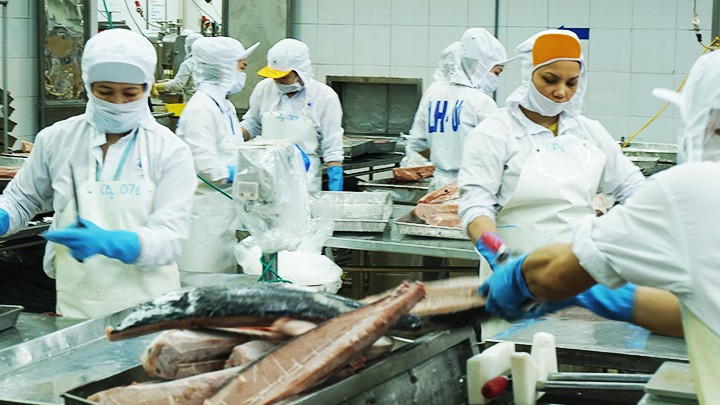
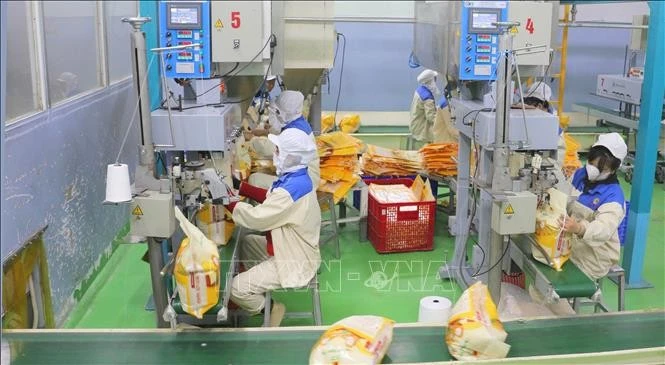

![[Video] Seven inspection teams formed to stabilise market during peak Tet period](https://en-cdn.nhandan.vn/images/9f233ae74386156ace55673ec5a8ea373e7bb5df2274800bfd51bda6ec86d9464d289201deda54c246314a974e2f0aef0bc69929884e4c53fd4eb6a1f98b468f6ae70becd9f49b834a8b9195e077c25b/anhminhhoavideo-110126-2.jpg.webp)

